Topics > Civil Parishes in Cumbria > Bridekirk Civil Parish > Bridekirk Parish, 1848
Bridekirk Parish, 1848
BRIDEKIRK (St. Bridget), a parish, in the union of Cockermouth, Allerdale ward below Derwent, W. division of Cumberland; comprising the townships of Bridekirk, Great and Little Broughton, Dovenby, Papcastle, Ribton, and Tallentire; and containing 2,112 inhabitants, of whom 121 are in the township of Bridekirk, 2 miles (N. by W.) from Cockermouth. This parish, which takes its name from its patron saint, contains some quarries of limestone and white freestone, and extends about five miles along the northern bank of the river Derwent, near which the land is fertile; a wet soil, incumbent on clay or limestone, prevails on its northern side. The living is a discharged vicarage, valued in the king's books at £10. 13. 4., and in the patronage of Mrs. Dykes; net income, £137; impropriators, Mrs. Dykes, the Earl of Lonsdale, William Brown and J. S. Fisher, Esqrs., and Captain Senhouse. The church is an ancient edifice, principally in the Norman style, but modernised a few years since, by the erection of a new tower, and the enlargement of several windows: it contains a singular font, which, according to Camden, was brought from the Roman station at Papcastle, exhibiting, in rude relief, various designs symbolical of the serpent and the forbidden fruit, the expulsion of Adam and Eve from Paradise, the baptism of Christ, &c., likewise a Runic inscription. Sir Joseph Williamson, secretary of state in the reign of Charles II.; and Thomas Tickell, the poet and essayist, born in 1686, were natives of this place, each during the incumbency of his father.
Extract from: A Topographical Dictionary of England comprising the several counties, cities, boroughs, corporate and market towns, parishes, and townships..... 7th Edition, by Samuel Lewis, London, 1848.
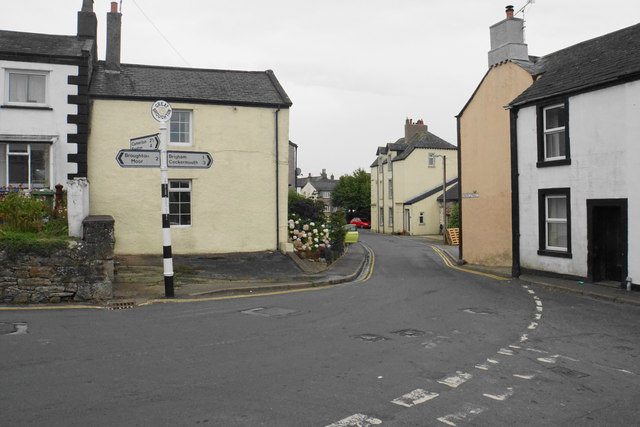
Co-Curate Page
Great Broughton
- Overview About Great Broughton Map Street View Great Broughton is a village in the Allerdale district of Cumbria, located by the River Derwent, about 2½ miles north-west of Cockermouth. Historically, …
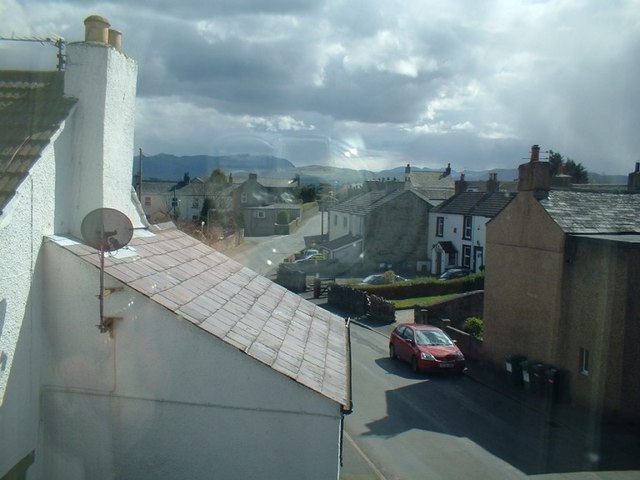
Co-Curate Page
Little Broughton
- Overview About Little Broughton Map Street View Little Broughton is a village in the Allerdale district of Cumbria, located about 2½ miles north-west of Cockermouth. Historically, Little Broughton was a …
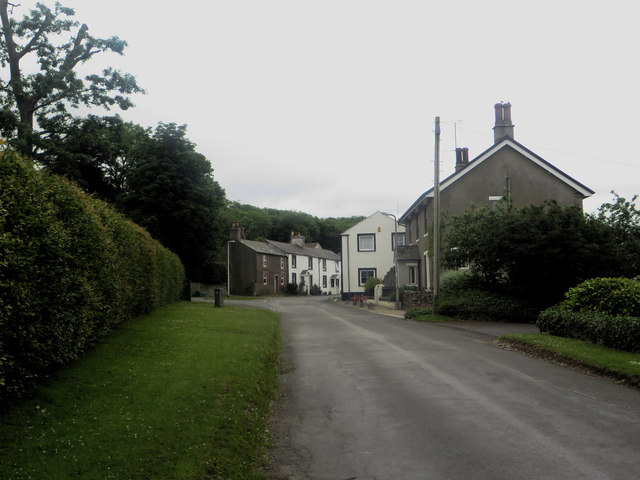
Co-Curate Page
Bridekirk
- Overview About Bridekirk Map Street View Bridekirk is a village in the Allerdale district of Cumbria, located about 2 miles north of the town of Cockermouth. St Bridget's Church is …
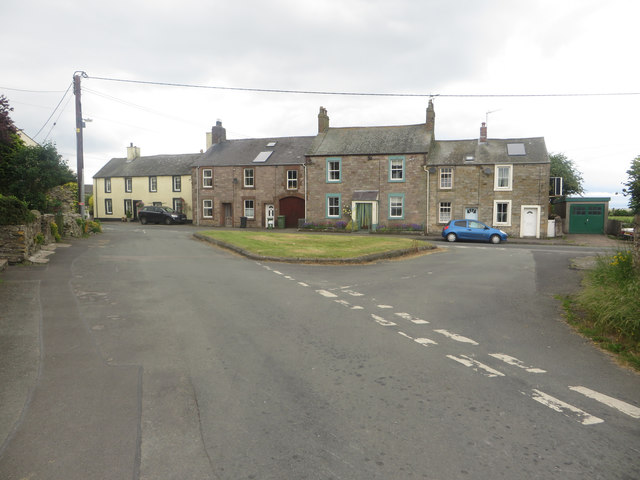
Co-Curate Page
Tallentire
- Overview About Tallentire Map Street View Tallentire is a village in the Allerdale district of Cumbria, located about 3 miles north of Cockermouth and 4 miles east of Maryport. Tallentire …

Co-Curate Page
Tallentire Township, 1848
- TALLENTIRE, a township, in the parish of Bridekirk, union of Cockermouth, Allerdale ward below Derwent, W. division of Cumberland, 3¾ miles (N. by W.) from Cockermouth; containing 246 inhabitants. Limestone …
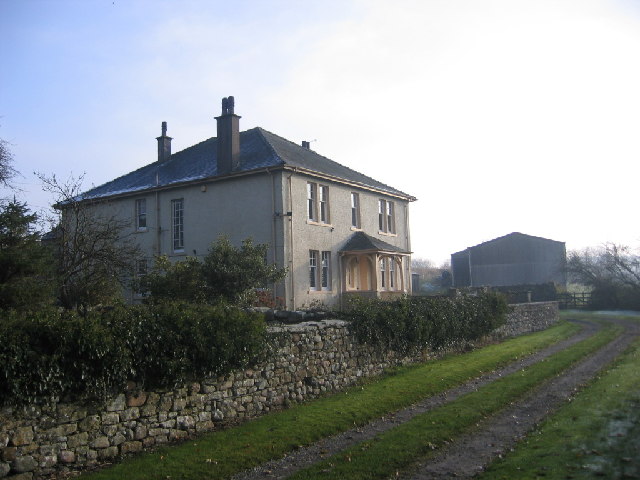
Co-Curate Page
Ribton
- Overview Map Street View Ribton is a hamlet in the Allerdale district of Cumbria, located about 2 miles west of Seaton and 2 miles south-west of Broughton. The village of …
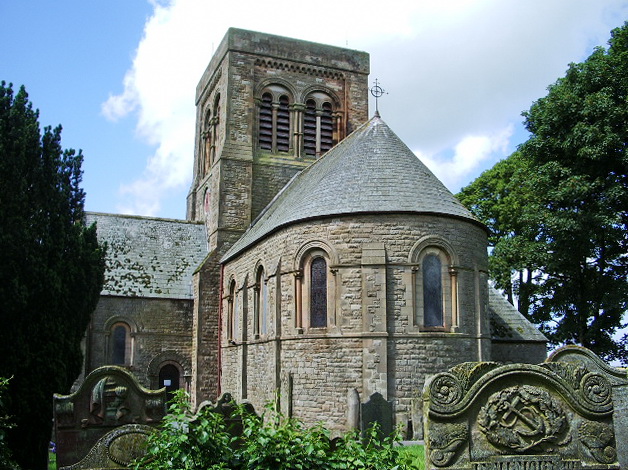
Co-Curate Page
Church of St Bridget, Bridekirk
- Overview Map Street View St Bridget's Church in Bridekirk was built 1868 to 1870, designed by Cory and Ferguson of Carlisle.[1] It was built to replace an earlier parish church …
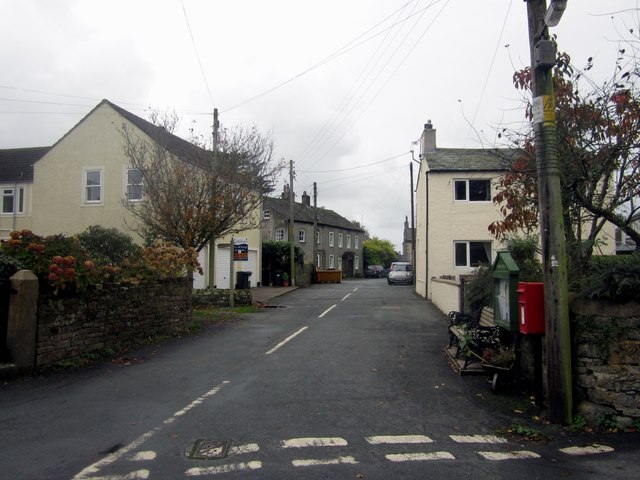
Co-Curate Page
Papcastle
- Overview About Papcastle Map Street View PAPCASTLE, with Goat, a township, in the parish of Bridekirk, union of Cockermouth, Allerdale ward below Derwent, W. division of Cumberland, 1 mile (N.W.) …

Co-Curate Page
Dovenby, 1848
- DOVENBY, a township, in the parish of Bridekirk, union of Cockermouth, Allerdale ward below Derwent, W. division of Cumberland, 2¾ miles (N.W.) from Cockermouth; containing 246 inhabitants. This place was …
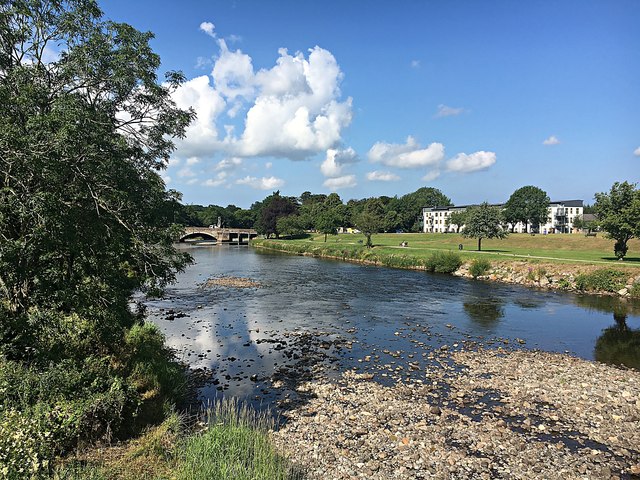
Co-Curate Page
Gote, Cockermouth
- Gote (aka Goat) is an area in Cockermouth, located to the north of the River Derwent. It was previously a separate village and historically part of the township and later …


Co-Curate Page
Great Broughton
- Overview About Great Broughton Map Street View Great Broughton is a village in the Allerdale district of Cumbria, located by the River Derwent, about 2½ miles north-west of Cockermouth. Historically, …

Co-Curate Page
Little Broughton
- Overview About Little Broughton Map Street View Little Broughton is a village in the Allerdale district of Cumbria, located about 2½ miles north-west of Cockermouth. Historically, Little Broughton was a …

Co-Curate Page
Bridekirk
- Overview About Bridekirk Map Street View Bridekirk is a village in the Allerdale district of Cumbria, located about 2 miles north of the town of Cockermouth. St Bridget's Church is …

Co-Curate Page
Tallentire
- Overview About Tallentire Map Street View Tallentire is a village in the Allerdale district of Cumbria, located about 3 miles north of Cockermouth and 4 miles east of Maryport. Tallentire …

Co-Curate Page
Tallentire Township, 1848
- TALLENTIRE, a township, in the parish of Bridekirk, union of Cockermouth, Allerdale ward below Derwent, W. division of Cumberland, 3¾ miles (N. by W.) from Cockermouth; containing 246 inhabitants. Limestone …

Co-Curate Page
Ribton
- Overview Map Street View Ribton is a hamlet in the Allerdale district of Cumbria, located about 2 miles west of Seaton and 2 miles south-west of Broughton. The village of …

Co-Curate Page
Church of St Bridget, Bridekirk
- Overview Map Street View St Bridget's Church in Bridekirk was built 1868 to 1870, designed by Cory and Ferguson of Carlisle.[1] It was built to replace an earlier parish church …

Co-Curate Page
Papcastle
- Overview About Papcastle Map Street View PAPCASTLE, with Goat, a township, in the parish of Bridekirk, union of Cockermouth, Allerdale ward below Derwent, W. division of Cumberland, 1 mile (N.W.) …

Co-Curate Page
Dovenby, 1848
- DOVENBY, a township, in the parish of Bridekirk, union of Cockermouth, Allerdale ward below Derwent, W. division of Cumberland, 2¾ miles (N.W.) from Cockermouth; containing 246 inhabitants. This place was …







